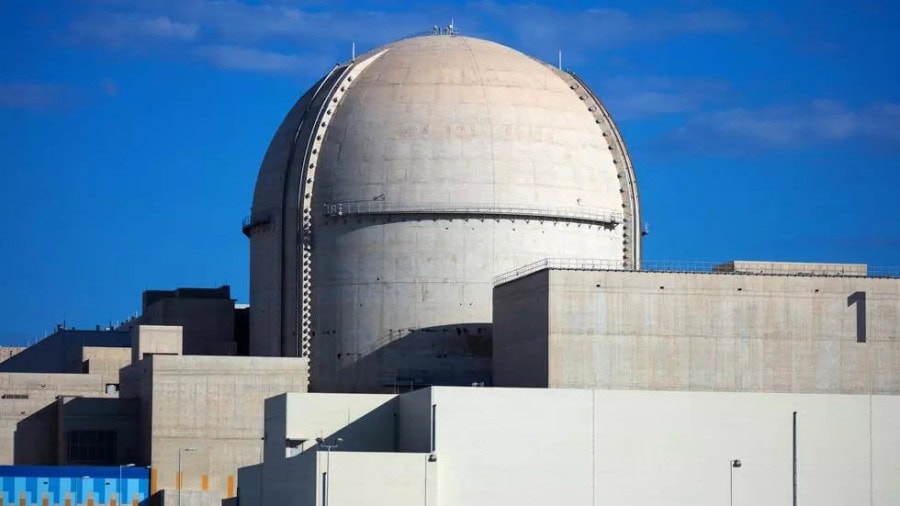The Karachi Nuclear Power Plant Unit-2 (K-2) has successfully been linked to the national grid with a total of 1145 megawatts (MW).
The K-2 is the first overseas unit to use China’s Hualong One technology, and it passed the Hot Functional Tests with flying colors (HFT). The Pakistani government awarded China National Nuclear Corporation (CNNC) the contract for the K-2 and K-3 nuclear reactors for stable and reliable power generation.
The CNNC began fuel loading at the Karachi 2 reactor in December as part of the process to add it to the grid. The K-2 and K-3 reactors, each with a capacity of 1.1 million kilowatts, were designed by the CNNC.
The K-2 is a third-generation pressurized water reactor with enhanced protection measures built on Chinese HPR-1000 technology. The K-2 plant’s development began on August 31, 2015, and commercial service will begin in April 2021, after a series of technical and safety checks.










